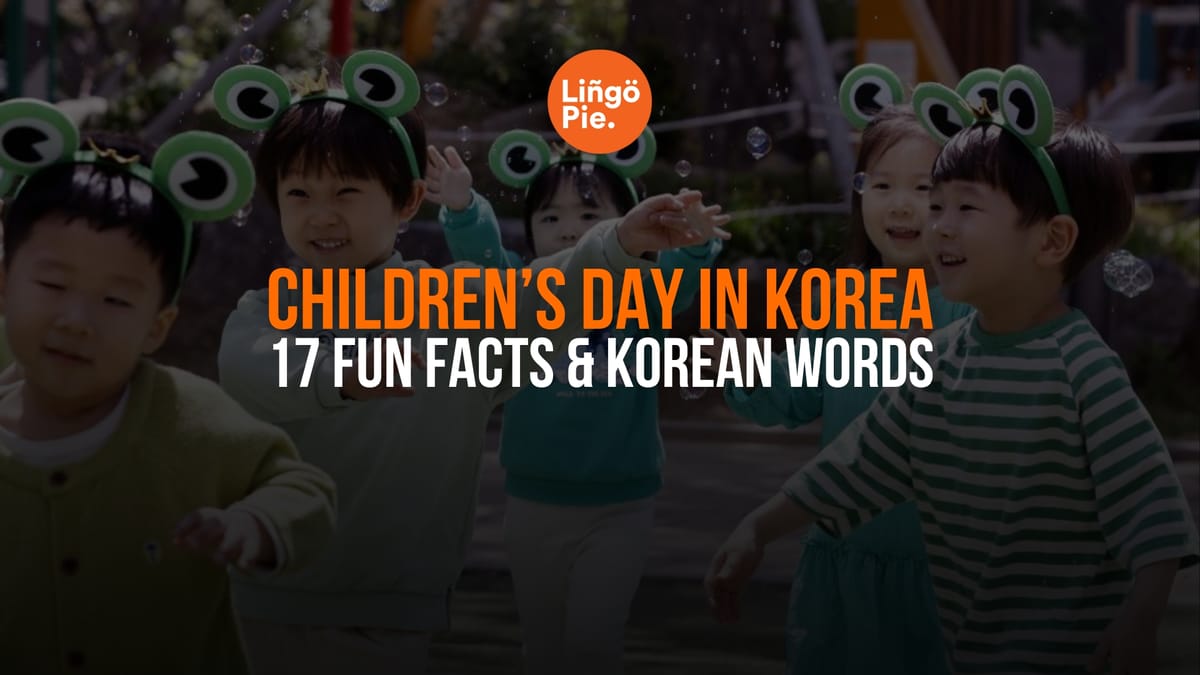Have you seen anime characters who act mean but secretly like someone? Or maybe a super shy girl who only talks when alone with her crush? These are called "dere" types in anime! Dere types are special character personalities in Japanese anime. They show how characters act when they have feelings for someone.
If you're trying to learn Japanese, understanding these dere types can help you pick up the language faster and more naturally! To help you out, I’ll show you 14 different types of dere you'll see in your favorite Japanese shows. After reading this, you’ll understand why characters act the way they do and enjoy anime even more!
- What's The Best Way To Learn Japanese? [Guide]
- A Guide To Watashi, Boku, Ore, And More For Beginners
- 100 Common Japanese Last Names And Their Meanings

What Are Dere Types?
Dere types are character archetypes in Japanese anime and manga that describe how different personalities behave in romantic situations. The term "dere" comes from the Japanese word "deredere" (デレデレ), which translates to "lovey-dovey" or "lovestruck" in English. Creators combine "dere" with other Japanese words to define specific behavior patterns, especially regarding how characters act toward their love interests.
These archetypes have become fundamental building blocks in anime storytelling, often determining how relationships develop throughout a series. Each dere type brings unique dynamics and emotional responses, creating memorable character interactions and driving plot development.

Types Of Dere In Anime
While the anime world continues to evolve with new character variations appearing regularly, certain dere types have become staples across the medium. This guide focuses on the 14 most common and influential dere archetypes you'll encounter in Japanese anime.
1. Tsundere (ツンデレ)
The tsundere is perhaps the most common dere archetype in anime and manga. "Tsun" refers to the Japanese onomatopoeia "tsun tsun," which indicates turning away in disgust or anger. Tsundere characters have harsh personalities and openly show animosity towards their love interest, but become shy and embarrassed when complimented or shown appreciation. They often hide their true feelings behind a defensive or standoffish attitude, sometimes becoming comically violent when embarrassed.
2. Yandere (ヤンデレ)
The "yan" in "yandere" comes from the Japanese verb "yanderu" (病んでる), which means "to be mentally sick." Yandere characters take love to extremes, forming obsessive attachments to create a stronger, closer bond with their love interest. On the outside, a yandere often appears normal: happy, social, and well-liked. However, love makes them dangerously possessive, willing to do anything, including violence.

3. Kuudere (クーデレ)
Kuudere characters combine elements of tsundere and dandere. The "kuu" comes from the Japanese pronunciation of the English word "cool" (クール). They're known to be cold and blunt with little or no emotion, often speaking in monotone voices. They remain calm during stressful situations and never panic. Despite their cold exterior, they can express love and care overwhelmingly to the right person, and are often highly intelligent and strong leaders.
4. Dandere (ダンデレ)
Dandere characters are composed and typically non-emotional, sometimes due to overwhelming shyness. "Dan" refers to the Japanese word "danmari," meaning to keep silent or taciturn. They usually don't speak unless spoken to; even then, they'll likely say very little. When alone with someone they like, dandere characters act sweet and slowly open up, overcoming their social anxiety.
5. Deredere (デレデレ)
The deredere archetype is known as the "lovey-dovey" character. A deredere is an overly optimistic and energetic person who is friendly with practically everyone. They’re social and outgoing, spreading positivity to others. Deredere characters are popular for their unique personal traits rather than just their loving nature. They openly express affection for their love interest without the conflicting emotions or behaviors seen in other dere types.

6. Himedere (ヒメデレ)
Himedere characters want to be treated like princesses or queens. "Hime" is the Japanese word for "princess." These characters are arrogant and cold-hearted perfectionists who expect nothing but the best. They tend to act entitled and demand attention and respect from those around them, often displaying an aristocratic manner regardless of their actual social status.
7. Oujidere (王子デレ)
Similar to himedere, oujidere characters expect to be treated like royalty, with "ouji" meaning "prince" in Japanese. They portray themselves in an aristocratic manner and possess arrogant attitudes that may seem obnoxious. These characters expect others to serve and respect them due to their self-perceived superiority.
8. Bakadere (バカデレ)
The term bakadere comes from "baka," the Japanese word for "idiot" or "fool." Characters who fall under this archetype are extraordinarily forgetful and ditzy, often making messes without even trying. Their clumsiness extends to romantic matters, and they are frequently unable to recognize when someone has feelings for them despite being kind-hearted.

9. Goudere (豪デレ)
Goudere is one of the rarer dere types. "Gou" is most often attributed to the phrase "gou gou," meaning "boisterous." Goudere characters are fanatical about impressing their love interest, often making comical mistakes in their efforts to please them. They anticipate their beloved’s every need and try to fulfill it, sometimes regardless of whether it’s wanted.
10. Hiyakasudere (ヒヤカスデレ)
In anime, a hiyakasudere is a playful attention-seeker. The term comes from the Japanese verb "hiyakasu," which means "to tease." Characters of this type often become flirtatious towards others, especially their love interest, though their behavior is more tame and clean compared to more perverted characters.
11. Shundere (シュンデレ)
Derived from "shun," a Japanese onomatopoeia relating to gloom, shundere characters are almost always shown to be sad and lethargic, even while others around them are happy. Their melancholy nature contrasts with most other dere types, bringing a somber tone to their interactions and relationships.

12. Nemuidere (ネムイデレ)
From "nemui," the Japanese word for sleepy, a nemuidere character spends most of their time asleep, regardless of whether they intend to. The protagonist must often encourage them to sleep less, though some nemuidere characters can balance sleep with their tasks.
13. Hajidere (ハジデレ)
From "haji," the Japanese word for awkwardness, hajidere characters become embarrassed or shy in romantic situations. Their signature shyness is similar to dandere, especially around their love interests, but unlike dandere, hajidere may be quite sociable with friends and acquaintances.
14. Dorodere (ドロデレ)
Derived from "dorodoro," meaning muddled in Japanese, dorodere characters appear friendly on the surface, even to people they dislike. They hide their true feelings behind a facade, creating a complex personality that can be difficult for others to understand.
- 6 Romantic Japanese Shows You’ll Fall In Love With
- 6 Best Japanese Documentaries To Learn Japanese
- 15 Japanese Horror Films Every J-Pop Fan Should See
Ready To Learn Japanese With Anime?
Now you know all about dere types in anime! These character types make anime more fun to watch and can really help you learn Japanese.
Ready to practice your Japanese with anime? Try Lingopie! It's a special platform that lets you watch anime with both English and Japanese subtitles. You can click on any word to see its meaning, and the system saves words you’re learning. And if you factor in all the other useful media like short stories, Japanese songs, and real Japanese TV shows, Lingopie simply makes learning Japanese through anime super easy and fun!
Enjoy your anime watching and happy Japanese learning!
FAQ: More Dere Types
What is a Bodere?
A Bodere is a character who expresses their feelings through physical violence or aggression. They often hit or punch the person they like to hide their embarrassment or affection. Common in comedy anime!
What's the difference between Hinedere and Tsundere?
Hinedere characters are cynical, sarcastic, and look down on others, while tsundere characters are hostile but warm up when complimented. Hinedere characters maintain their arrogance even when they develop feelings and rarely show their softer side.
What is a Kanedere?
Kanedere characters are only attracted to people with money or high social status. They prioritize wealth over genuine love and may abandon their love interest if someone wealthier comes along. "Kane" means money in Japanese.
Are there any Undere in popular anime?
Undere characters agree with everything their love interest says and lack their own opinions or personality. They're less common in popular mainstream anime but sometimes appear in harem or romance comedy series as supporting characters.
What is a Kamidere?
Kamidere characters have a god complex and believe they're superior to everyone. They're extremely prideful, arrogant, and expect to be worshipped by others including their love interest. "Kami" means god in Japanese.










